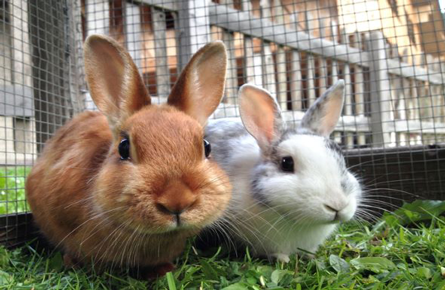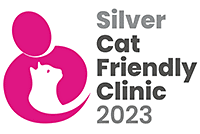Everything you need to know about Cat Dental Care
Here at Sandhole Vets, we understand that your cat’s dental health and hygiene is just as important as any other routine and preventative treatment. For this reason, we suggest cat owners to be proactive with preventative cat dental care. Like all of us, cats can develop a build-up of tartar, which can lead to tooth decay and gum disease. Brushing your cat’s teeth once or twice a day is the best option for good oral hygiene for your cat. Here at Sandhole Vets, our team are always ready and willing to help with answering any questions you may have, as well as advising you on the recommended products or dental diets for your cat.
Symptoms of dental disease in cats
Cats can be very good at hiding signs of pain and often, owners aren’t aware that their cat has dental disease; this is why our vets and nurses perform a dental check at each general consultation. Some cats with severe dental disease, root exposure, severe gingivitis (inflammation of the gums), or tooth root infections will continue to eat, showing only subtle signs that there is a problem. Catching dental disease early can reduce the number of extractions required from not noticing the earliest signs of dental disease.
Plaque can be removed by tooth brushing; however, tarter will not be removed by brushing alone; if this is already present, the best action for this is a scale and polish to remove this, followed by tooth brushing to prevent the buildup from occurring again. A general anaesthesia is required for all dental procedures; however, a scale and polish procedure is much shorter with a faster recovery compared to your cat having multiple extractions.
What are the signs of cat dental disease?
-
bad breath (halitosis)
-
visible tartar build-up on teeth
-
red or inflamed gums (gingivitis)
-
discoloured teeth
-
drooling
-
loose teeth
-
bleeding from the mouth
-
slow eating or reluctance to eat
-
chewing on one side of their mouth
-
dropping food from the mouth when eating
-
swelling around the mouth (from potential tooth root abscesses).
How can cat dental disease be prevented?
The best way to maintain healthy teeth is to brush your cat’s teeth daily. The Sandhole Vets' team are happy to help you with introducing this dental care measure to your cat's daily ritual.
It can also be beneficial to have a scale and polish performed regularly to clean the teeth thoroughly. This is similar to the treatment we would receive from a dental hygienist. These are done under a short general anaesthetic as cats won’t sit in one position for a prolonged period, and we must ensure their safety and our vet's safety when in the vicinity of sharp - and potentially sore - teeth!
Feline odontoclastic resorptive lesions (FORLs)
Cats also get another form of dental disease known as feline odontoclastic resorptive lesions (FORLs). It has an unknown cause, but 75% of cats are thought to be affected. It is particularly common in cats over five years but can occur at any age.
In these lesions, part of the tooth is eaten away by the tooth itself, forming a small hole in the enamel close to the gum line. These lesions are very painful for cats and can lead to tooth fractures as they weaken the teeth. They require extraction to resolve.
Book A Cat Dental Appointment Now!>>>








